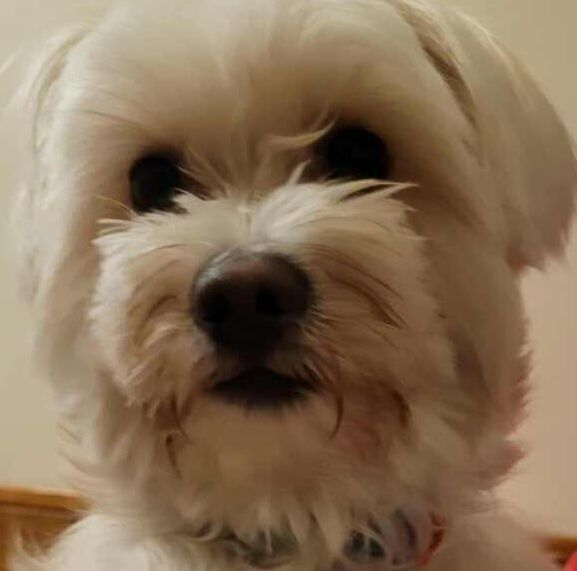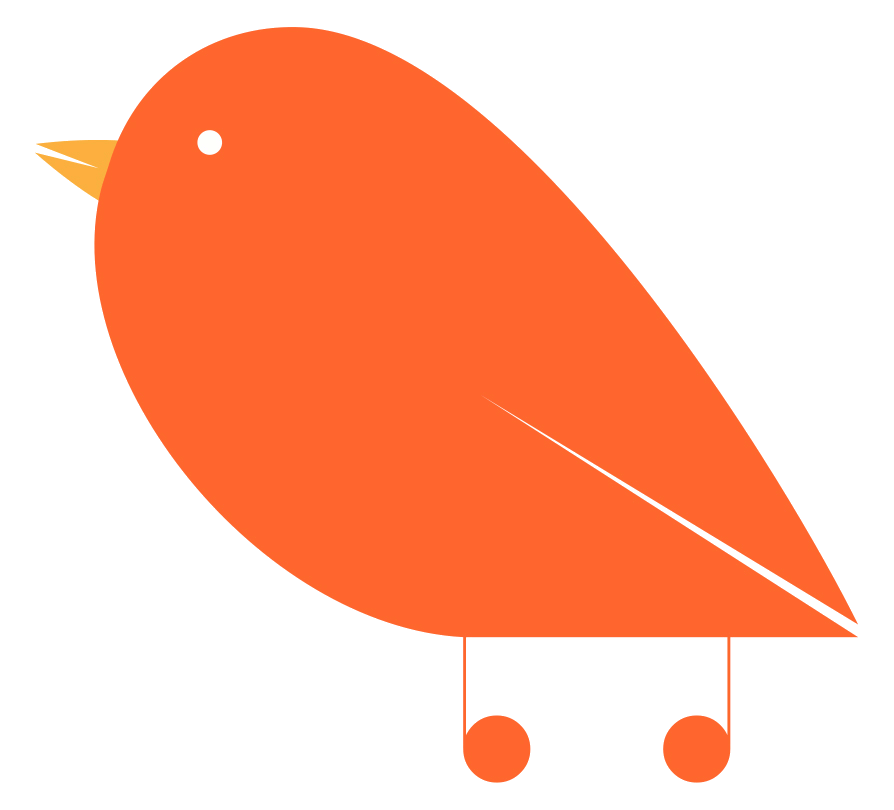|
Dr Wei Yng Chua (she/her) graduated with a Masters in Osteopathy from RMIT University in 2009.
Since graduating, I have done postgraduate training in
What do I love about being an osteopath? No two patients are alike, it is both a challenge and a joy to help them express their unique gifts. I have an interest in the gentler cranial osteopathic techniques which is suited for all ages or complex conditions. I also treat from Inner West Health Clinic in Seddon on Tuesdays and Friday mornings. I have been teaching and supervising osteopathy students at RMIT University since 2014.
In my spare time, I enjoy knitting and reading. I keep active with jogging, bouldering and I am learning to surf better. I hold a nidan (black belt) in the Japanese martial art aikido. |
|
Frequently Asked Questions
What is Osteopathy?
Osteopathy is an effective form of manual “hands on” treatment for the whole body. Developed by American doctor A T Still in the 1870s, it is based on the study of anatomy, physiology and biomechanics.
Osteopathy is based on the principle that the structure and function of the body are intimately related. If the structure is not balanced and healthy then the function is affected. The healthy balance and function of the musculoskeletal framework of the body is essential to whole body health. For example, an injury such as a sprained ankle can lead the whole body to compensate as you change the way you walk to avoid pain. Stiffness or restricted mobility in the pelvis, spine, rib cage, shoulders and neck can make it difficult to compensate and aching or pain may result.
Osteopaths work under the principle that there may be a number of contributing factors to the symptoms and will therefore evaluate not only the area which is producing the symptoms, but also associated areas that may be contributing to the issue, including past trauma, environmental factors and the family’s health history.
Osteopaths know that the body is capable of self-healing and self-regulating, so treatment and management is directed towards encouraging and amplifying this natural response.
More information: What is Osteopathy
Osteopathy is based on the principle that the structure and function of the body are intimately related. If the structure is not balanced and healthy then the function is affected. The healthy balance and function of the musculoskeletal framework of the body is essential to whole body health. For example, an injury such as a sprained ankle can lead the whole body to compensate as you change the way you walk to avoid pain. Stiffness or restricted mobility in the pelvis, spine, rib cage, shoulders and neck can make it difficult to compensate and aching or pain may result.
Osteopaths work under the principle that there may be a number of contributing factors to the symptoms and will therefore evaluate not only the area which is producing the symptoms, but also associated areas that may be contributing to the issue, including past trauma, environmental factors and the family’s health history.
Osteopaths know that the body is capable of self-healing and self-regulating, so treatment and management is directed towards encouraging and amplifying this natural response.
More information: What is Osteopathy
What is biodynamic cranial osteopathy?
Cranial osteopathy treats more than just your head! Cranial techniques are non-manipulative. We apply light pressure to various parts of your body to encourage the release of any strain or tension. Patients tell us they find this style of treatment very relaxing and some say they can even feel their body unwinding. Like stronger manipulative osteopathic techniques, the core aim of cranial osteopathy is to free restrictions, improve circulation and correct alignment.
Cranial osteopathy with Biodynamic principles (as taught by Dr James Jealous) support a natural state of health. Our bodies grow and are constantly renewed. The forces that direct our growth when we are babies in the womb are the same forces that guide cell repair throughout our lives.
When injury and ill health compromise the body's ability to recover by itself, osteopathic techniques “re-call” the health that is already present and help the body regain its natural balance. Treatment is holistic. As well as manual therapy, treatment may include advice on posture, movement, exercise, diet and other areas. Cranial/biodynamic osteopathy is taught only to osteopaths and differs from cranialsacral or biodynamic cranialsacral therapy even though they may use similar terminology.
"Osteopathy is about finding the 'health' in the patient. This is a direct perceptual skill: It is not just the idea of making the person healthy. Finding the health in the patient is the learned art of directly perceiving something other than disease in the patient, a skill that therapeutically engages laws of healing not recognized by orthodox medicine." - Dr Jealous
More information: The Biodynamic View
Cranial osteopathy with Biodynamic principles (as taught by Dr James Jealous) support a natural state of health. Our bodies grow and are constantly renewed. The forces that direct our growth when we are babies in the womb are the same forces that guide cell repair throughout our lives.
When injury and ill health compromise the body's ability to recover by itself, osteopathic techniques “re-call” the health that is already present and help the body regain its natural balance. Treatment is holistic. As well as manual therapy, treatment may include advice on posture, movement, exercise, diet and other areas. Cranial/biodynamic osteopathy is taught only to osteopaths and differs from cranialsacral or biodynamic cranialsacral therapy even though they may use similar terminology.
"Osteopathy is about finding the 'health' in the patient. This is a direct perceptual skill: It is not just the idea of making the person healthy. Finding the health in the patient is the learned art of directly perceiving something other than disease in the patient, a skill that therapeutically engages laws of healing not recognized by orthodox medicine." - Dr Jealous
More information: The Biodynamic View
What is our training like?
All osteopaths in Australia need to complete a 5 year, full-time degree. They must also complete 30 hours of continual professional development each year. Osteopaths are qualified to work with patients of all ages, including babies and children, as our undergraduate training includes paediatrics. However, osteopaths interested in working with babies and children will often pursue extra post-graduate qualifications in paediatric osteopathy.
All osteopaths must be registered with AHPRA (Australian Health Practitioners Regulation Agency).
As a Victorian healthcare worker, I was fully vaccinated for Covid-19 in June 2021.
All osteopaths must be registered with AHPRA (Australian Health Practitioners Regulation Agency).
As a Victorian healthcare worker, I was fully vaccinated for Covid-19 in June 2021.
What are our prices?
From 1 July 2024
Initial 60 min consultation - $125
Return 40 min consultation - $99
Extended 60 min return consultation with movement coaching - $135
Home visit 40 min consultation $175 (maximum 25 min drive from Thornbury)
Concession rates - take $5 off
Concession rates apply to healthcare card holders, juniors, students, seniors, as well as
Triple R subscribers.
Online
30 min osteopathy /movement coaching/ergonomic setup session --- $45
We can process on-the-spot rebates for
- private health insurance
- Medicare chronic disease management plans (CDMP). As of 2023, Medicare pays $58.30 for each visit under this plan (maximum of 5 per year) and patients will be charged the gap.
- TAC patients, using LanternPay. Patients will be charged the gap unless an above-fee arrangement has been negotiated.
Cancellations and no-shows: 24 hours' notice is required for cancellation of appointments, otherwise a $35 cancellation fee applies. This may be waived at the practitioner's discretion.
Initial 60 min consultation - $125
Return 40 min consultation - $99
Extended 60 min return consultation with movement coaching - $135
Home visit 40 min consultation $175 (maximum 25 min drive from Thornbury)
Concession rates - take $5 off
Concession rates apply to healthcare card holders, juniors, students, seniors, as well as
Triple R subscribers.
Online
30 min osteopathy /movement coaching/ergonomic setup session --- $45
We can process on-the-spot rebates for
- private health insurance
- Medicare chronic disease management plans (CDMP). As of 2023, Medicare pays $58.30 for each visit under this plan (maximum of 5 per year) and patients will be charged the gap.
- TAC patients, using LanternPay. Patients will be charged the gap unless an above-fee arrangement has been negotiated.
Cancellations and no-shows: 24 hours' notice is required for cancellation of appointments, otherwise a $35 cancellation fee applies. This may be waived at the practitioner's discretion.
What made you pick the name Songbird Osteopathy?
Taking time out to listen to birdsong lets us pause, take a break and remind ourselves of our connection to nature. In a similar way, osteopathic techniques can help to connect a patient to their original state of health. I also love the song by Fleetwood Mac!

